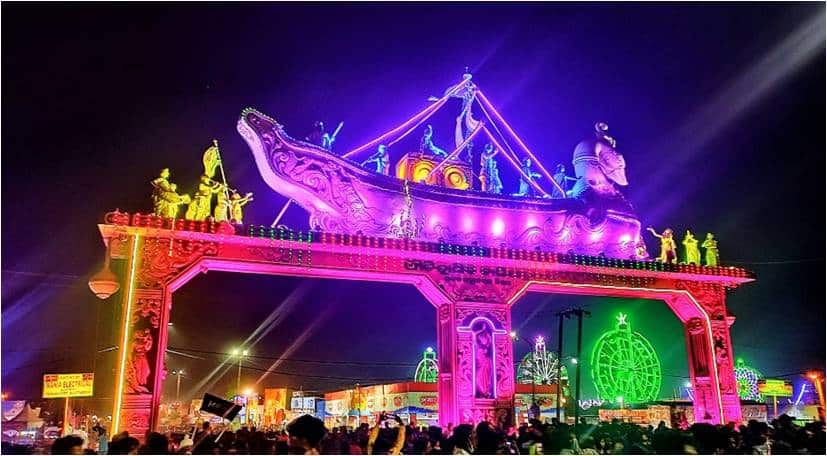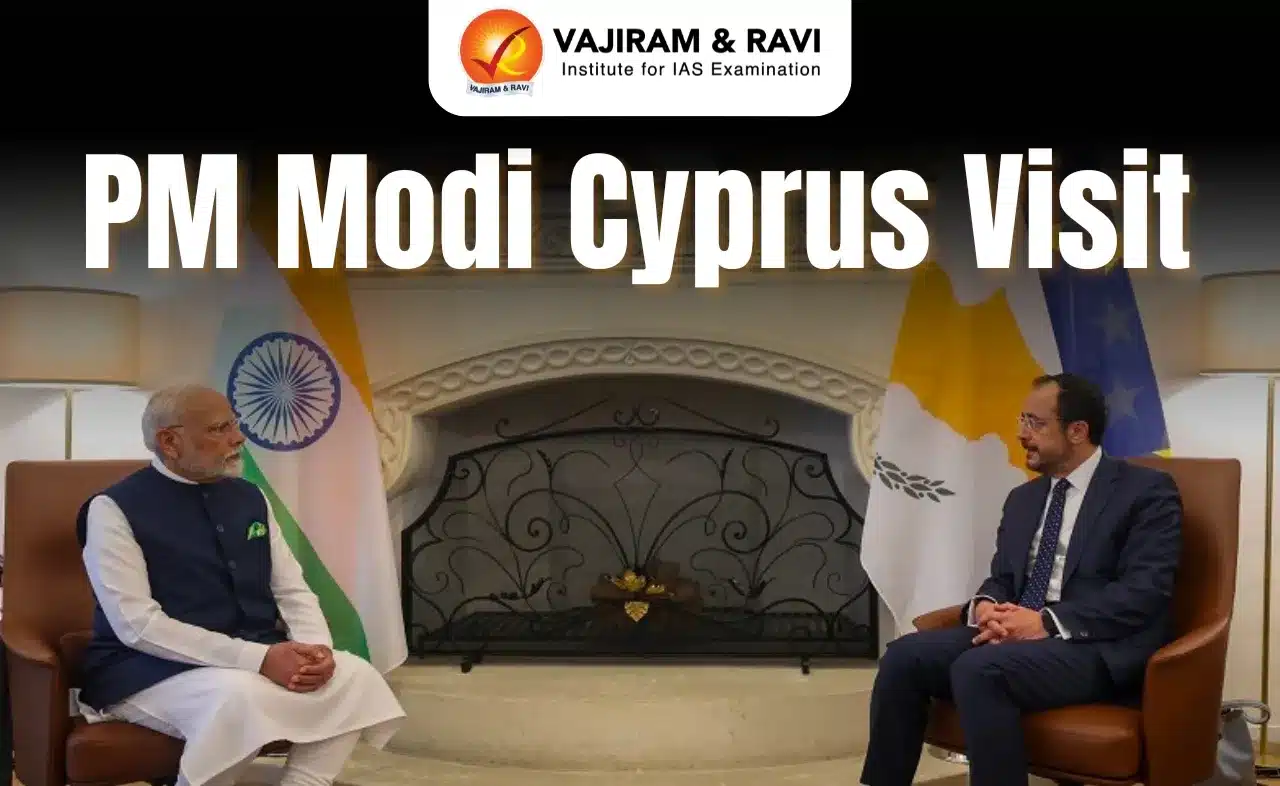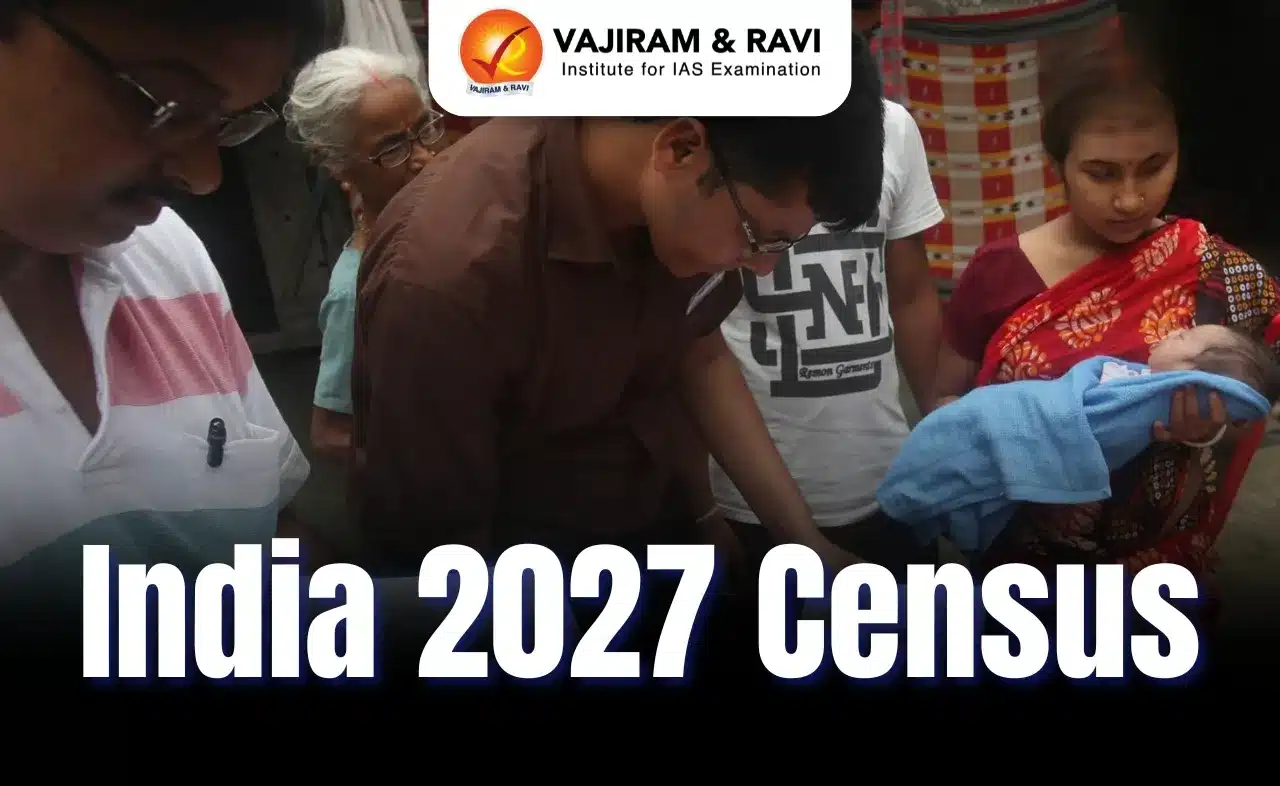What’s in today’s article?
- News Summary
Why In News?
- At the G20 summit in Bali, Prime Minister Narendra Modi gifted world leaders a range of artworks, representing India’s diversity.
- During his address, PM Modi also mentioned Baliyatra, one of the country’s largest open-air fairs that commemorates the 2,000-year-old maritime and cultural links between ancient Kalinga and Southeast Asia.
News Summary: Key highlights
- Miniature paintings from Kangra (Himachal Pradesh)
- The art originated in a small hill state ‘Guler’ in the first half of the 18th century when a family of Kashmiri painters trained in Mughal Style of painting sought shelter at the court of Raja Dalip Singh of Guler.
- This style reached its zenith during the reign of Maharaja Sansar Chand Katoch who was a great patron of Kangra art.
- The central idea behind Kangra paintings is often the immersive love story of Radha and Krishna.
- Today, the Kangra art form is a serene celebration of life and its simplicity, using naturalistic colours.
- Gujarat’s Mata ni Pachedi
- It is a handmade textile of Gujarat meant to be an offering in the temple shrines which house the Mother Goddess.
- Mata Ni Pachedi was crafted by the nomadic community of Waghris as homage to various incarnations of the Goddess.
- It is said that in this form of art, the goddess forms the central figure in the design, flanked by other elements of her story.
- Patan Patola scarf from Gujarat
- This ancient art of double ikat or Patola woven in pure silk dates back to the 11th century.
- The Patola fabrics bear an equal intensity of colours and design on both sides.
- This peculiar quality has its origins in an intricate and difficult technique of dyeing or knot dyeing, known as ‘bandhani’, on the warp and weft separately before weaving.
- Agate bowl from Gujarat
- Agate, a semi-precious stone, is found in underground mines of Rajpipla and Ratanpur in riverbeds, and extracted to produce a variety of ornamental objects.
- The art of turning the stone into a range of products has been passed down through generation of artisans since the Indus Valley civilization days and is currently practiced by Artisans of Khambat.
- The healing powers attributed to agate stones have sustained the use of agate over centuries.
- Pithora from Chhota Udaipur in Gujarat
- These paintings are made by the Rathwa artisans from Chhota Udaipur in Gujarat.
- These painting are depiction of the cave art that tribals used to make reflecting the social, cultural and mythological life and beliefs of those tribals.
- These paintings bear a striking resemblance the Aboriginal dot painting from the indigenous communities of Australia.
- Kinnauri shawl from Himachal Pradesh
- These shawls are made using the extra-weft technique of weaving.
- Every element of the design woven uses the knotting method — where the weft is inserted by hand and to lock the design, producing the lift in the pattern formed.
- Kanal brass set from Himachal Pradesh
- It is used on ceremonial occasions, such as the processions of village deities.
- It is also used to welcome the leaders of the Himachal Pradesh.
- This traditional musical instrument is now increasingly used as a decor object and is manufactured in Mandi and Kullu districts of Himachal Pradesh.
Baliyatra
- In his address to the Indian diaspora in Bali on the sidelines of the G20 summit, PM Modi mentioned the annual Baliyatra on the banks of the Mahanadi in Cuttack.
- This yatra celebrates the ancient trade relations between India and Indonesia.
- This year’s Baliyatra, which concluded recently, also found a place in the Guinness World Records for achieving an impressive feat of origami, the creation of beautiful paper sculptures.
Key highlights
- Baliyatra, literally ‘voyage to Bali’, is one of the country’s largest open-air fairs.
- It is organised every year to commemorate the 2,000-year-old maritime and cultural links between ancient Kalinga (today’s Odisha) and Bali and other South and Southeast Asian regions like Java, Sumatra, Borneo, Burma (Myanmar) and Ceylon (Sri Lanka).
- The festival begins on Kartik Purnima (full moon night in the month of Kartik).
- The festival is organised by the Cuttack district administration and Cuttack Municipal Corporation in association with several other government agencies.
Last updated on June, 2025
→ UPSC Notification 2025 was released on 22nd January 2025.
→ UPSC Prelims Result 2025 is out now for the CSE held on 25 May 2025.
→ UPSC Prelims Question Paper 2025 and Unofficial Prelims Answer Key 2025 are available now.
→ UPSC Calendar 2026 is released on 15th May, 2025.
→ The UPSC Vacancy 2025 were released 1129, out of which 979 were for UPSC CSE and remaining 150 are for UPSC IFoS.
→ UPSC Mains 2025 will be conducted on 22nd August 2025.
→ UPSC Prelims 2026 will be conducted on 24th May, 2026 & UPSC Mains 2026 will be conducted on 21st August 2026.
→ The UPSC Selection Process is of 3 stages-Prelims, Mains and Interview.
→ UPSC Result 2024 is released with latest UPSC Marksheet 2024. Check Now!
→ UPSC Toppers List 2024 is released now. Shakti Dubey is UPSC AIR 1 2024 Topper.
→ Also check Best IAS Coaching in Delhi






















